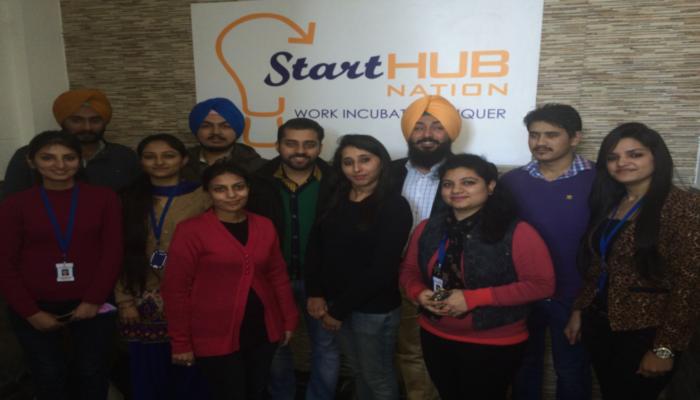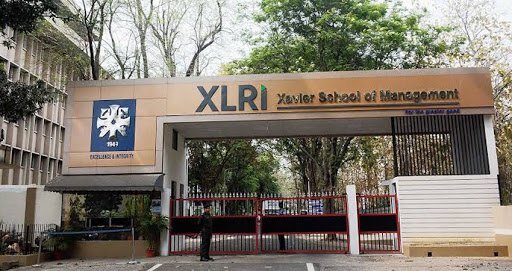I completely agree with the Microsoft’s Windows OS example presented by the
author. However, if we consider the case of IT Service Industry (I share loyalty of almost 3 years with the industry), things appear to be different. The Multi – Vendor Outsourcing Strategy adapted by many organizations, leaves very little scope for “Territories” concept here. The Multi – Vendor Outsourcing implies issuing contracts to more than one vendor for your IT needs. An organization may choose to opt for say, Vendor X, for development of the desired system from scratch. And, subsequently opt for Vendor Y, for say Level 1/Level 2 desktop support, and opt for Vendor Z, for system administration related activities.
On the blog, John McDermott from Xerox seems to be in favour of this strategy. According to him, Xerox started with single vendor and found they were spending 75 % of their total IT costs on outsourcing contracts. This left little share for other strategic spending. However, Multi-Vendor contract has helped them reduce spending close to 25%.While managing multiple vendors is a challenge, the advantages include reduced risk factor for clients (the company which is outsourcing) and reduced contract price due to changing brand preference of the clients.
Though this strategy may not work in all cases, but is prevalent in the industry.Thus for IT vendors, though achieving brand loyalty is plausible (due to contract renewals of same clients, and expanding relationships), but to go to next level of achieving “Territories” has some fundamental hurdles.
Does Global Business has it all to “Create Territory”?
A very good example of DPR Construction, Inc has been cited in the post. The firm has done a great job in implementing Customer Centric strategy, and constantly works on available feedbacks. However, this firm doesn’t seem to have global presence (but establishing “territories” in major U.S locations is an achievement in itself). Thus, will all strategies yield same results in Global locations for the firm? When an organization has a Global footprint, the local cultural sensitivity and other prevailing economic policies of the country needs to be considered.
McDonalds, is an appropriate example to mention here. It lives to the spirit of “Think Global, Act Local”. Big Mac, the international fast-food restaurant chain’s signature product, originally consists of Beef. However, due to sacredness of Hindu population towards the animal, this was modified in the country to be made out of lamb and then chicken. Similar modifications are made in the menu across the globe.
However, even such strategies don’t seem to be enough for Global Business to “Create Territory”.
[The article has been written by Nitin Amlani. He completed his B.E. in Electronics and Telecommunication (2008) from Mumbai University College (Vivekanand Education Society’s Institute of Technology). He is also an MBA from NMIMS Mumbai.]

































